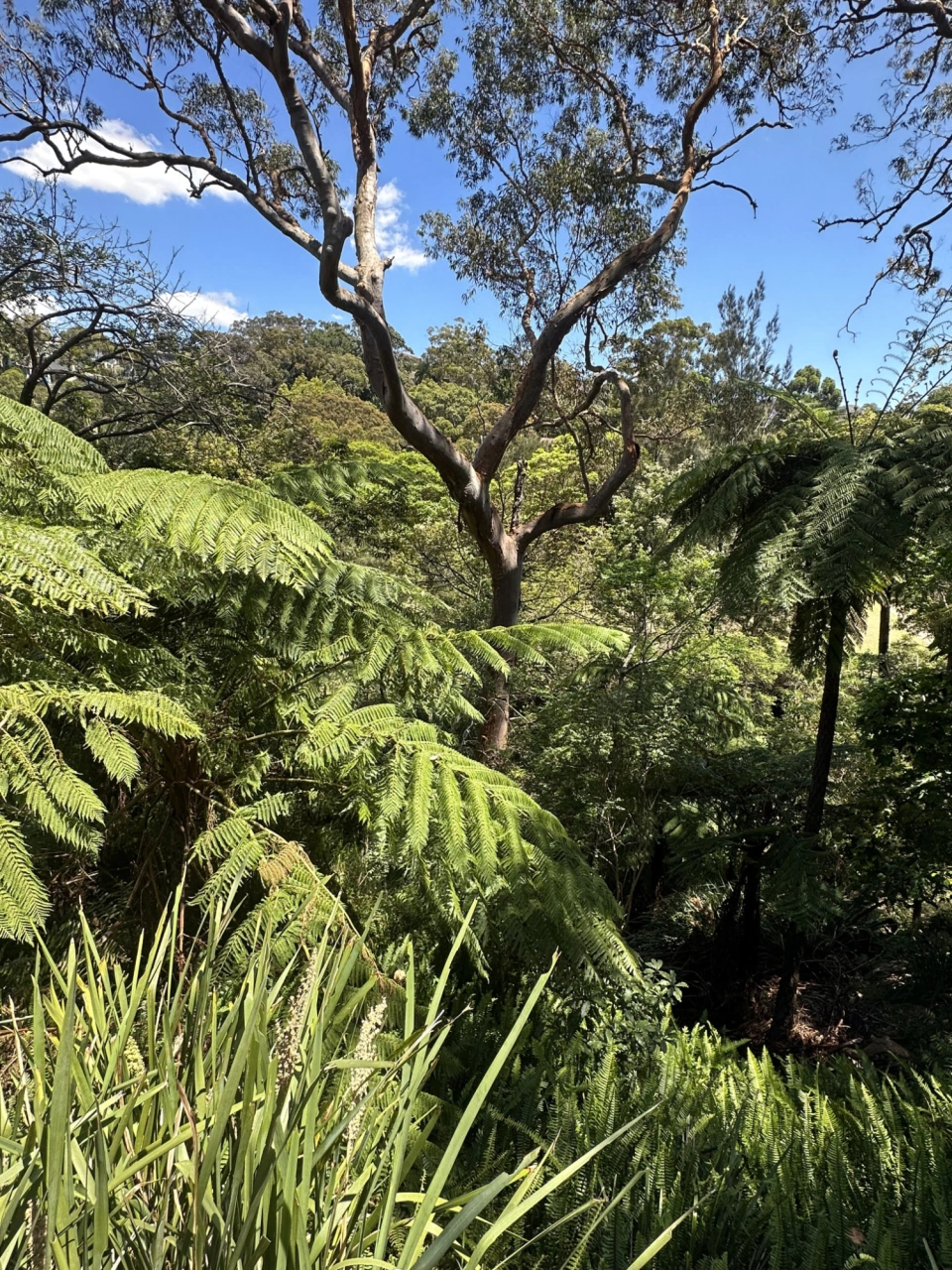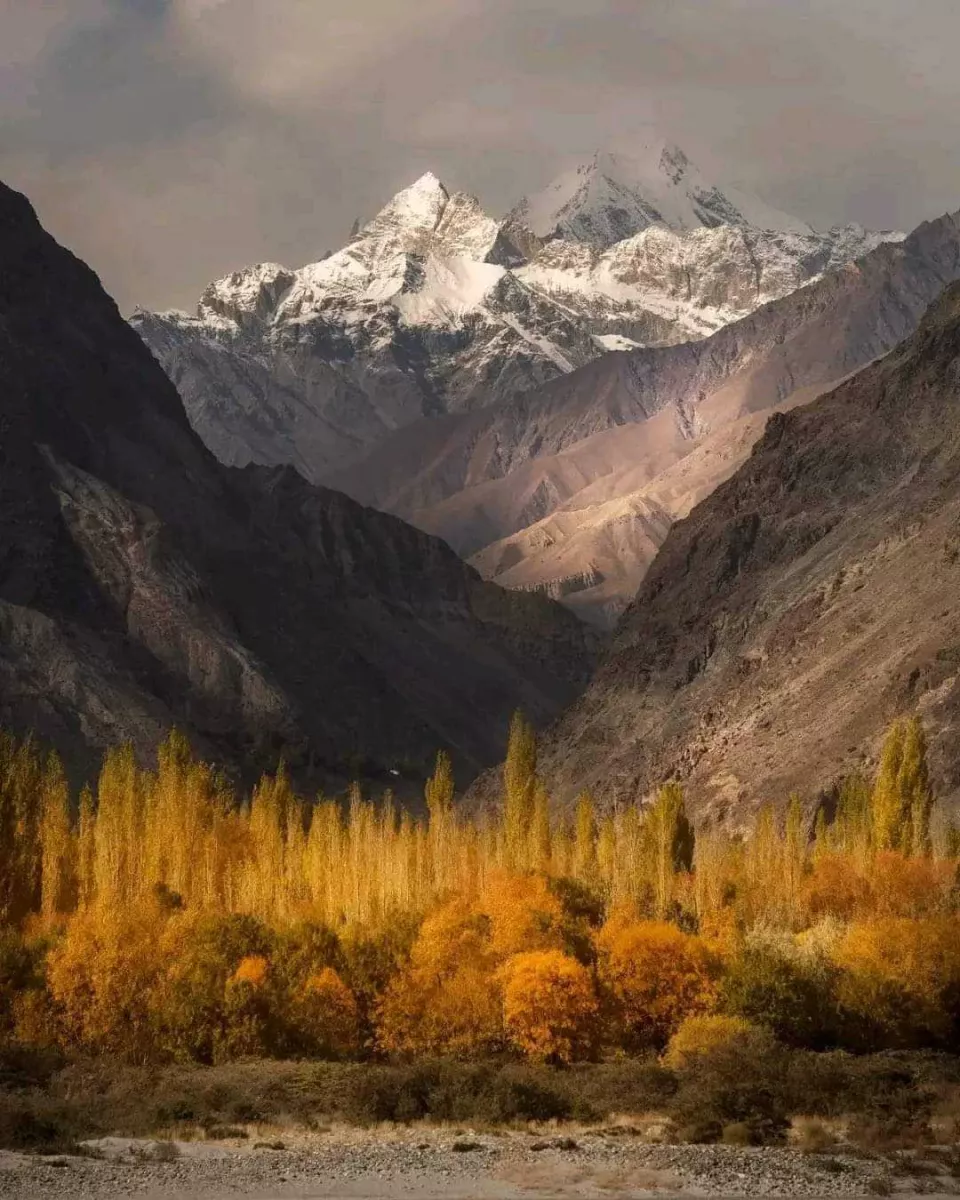Contact
About
Articles by

The Wild Wonders of Mosman

Our mission is to keep Manly Dam wild

It started rescuing animals in Ghana

Raptors on Bruny Island

The nature of sound and the elusive ground parrot
Forest Man

The Okavango Delta

Nomadic Mountain Life in Northern Pakistan

Ancient beauty in Victoria's central highlands

Visual journey Chitral & Gilgit Baltistan

Growing up wild and healthy

Extraordinary display of the Temminck's tragopan pheasant
Galleries by
Panay, Philippines
The triangle-shaped island of Panay is the sixth-largest of the Philippines archipelago, and has an amazing array of landscapes and biodiversity hotspots, including the Central Panay Mountain Range. As the fourth-most populous island of the Philippines, it is also facing conservation challenges.
Woodland birds
We all need a good visual dose of the wonder of Nature sometimes, and we can't always get outside from behind the desk, to breathe it in. Here, we bring it to you, with these beautiful close-ups of our unique woodland bird species, photographed by Tasmanian bird ecologist Dr Eric Woehler (OAM). Take a moment and enjoy.
Bruny Island - A Photographer's Paradise
Bruny Island is an island, off an island, off an island, surrounded by islands. Image: Nick Monk
Birds of the Atlantic Forest
The Atlantic Forest is one of the most biodiverse forests in the world including almost 1000 bird species. Here are a few of these birds from photographer Marcio Conrado.
Tasmanian Marine life
Tasmania's marine environment is globally significant, with a rich mix of ecosystems and habitats fostering marine life found nowhere else on Earth
Rockhopper penguins
The dramatic-looking rockhopper penguin is characterised by its red eyes, upright yellow head feathers along a supercilium stripe and a crest of black feathers on top. They are separated into three sub-species, photographer here by ecologist Dr Eric Woehler (OAM) and located around the Antarctic and sub-Antarctic zones.
The Birds of Chitral & Gilgit Baltistan, Pakistan
The diverse avifauna of Chitral and Gilgit-Baltistan, Pakistan, includes, but not limited to a fascinating array of species locally known by distinct names that reflect the region’s cultural and ecological identity.
'Fjällen' - the Swedish Mountains
The Scandinavian mountain range, the Scandes, runs through the border between Sweden and Norway. It covers most of Norway and stretches into the north-west regions of Sweden. These mountainous areas form some of Sweden's most remarkable wilderness.
Bruny Island Coastline
Bruny Island has an intricate, complex, beautiful and varied coastline, ranging from sheltered inlets, shallow bays, mudflats, lagoons, and grand sea-cliffs, through to long sandy ocean facing beaches.
takayna / Tarkine
Takayna / Tarkine is a hugely diverse wild landscape with an extraordinary history. Largely unprotected this region has huge potential for national park and world heritage status.
Pelagic Birds of Tasmania
Pelagic birds are birds that spend a large part of their life on the open ocean. These include the majestic Albatross, petrels and terns. This gallery of Pelagic birds by Marcio Conrado was taken off the Tasman Peninsula
Beautiful rocks of Kunanyi
Kunanyi is shaped by ancient dolerite rock formations, sculpted over millions of years by ice, wind and rain. From towering cliffs to scattered boulders and caves, these photographers captures its beauty.
Galleries Contributed by
The Birds of Chitral & Gilgit Baltistan, Pakistan
The diverse avifauna of Chitral and Gilgit-Baltistan, Pakistan, includes, but not limited to a fascinating array of species locally known by distinct names that reflect the region’s cultural and ecological identity.
Zion National Park, Utah
The two thousand-foot deep red sandstone canyon through Zion National Park is a majestic masterpiece, carved out over ancient time by the Virgin River. Known for its intense seasonal colours and dramatic vistas and established in 1919, Zion is Utah's first National Park.
Dark Sky Sanctuaries
The aurora australis lights the skies of Southwest Tasmania. The next Dark Sky Sanctuary? Image: Dan Broun
Bruny Island Coastline
Bruny Island has an intricate, complex, beautiful and varied coastline, ranging from sheltered inlets, shallow bays, mudflats, lagoons, and grand sea-cliffs, through to long sandy ocean facing beaches.
Southwest National Park, Tasmania
Southwest National Park in Tasmania is a vast, mostly trackless wilderness containing ancient forests, the wildest rivers, a glaciated and mountainous landscape and a spectacular coastline with rich aboriginal history.
Duco - redemption in nature
Imagery from the life of Duco, a Brazilian environmentalist, nature and bird-guide who found redemption in nature
takayna / Tarkine
Takayna / Tarkine is a hugely diverse wild landscape with an extraordinary history. Largely unprotected this region has huge potential for national park and world heritage status.
Dusky dolphin: ocean acrobat
The dusky dolphin is one of the smaller dolphin species with a maximum weight of about 85 kilograms and a length, of just over two metres. The dusky dolphin is a social species, known for its agility and coordinated acrobatic abilities.
Pelagic Birds of Tasmania
Pelagic birds are birds that spend a large part of their life on the open ocean. These include the majestic Albatross, petrels and terns. This gallery of Pelagic birds by Marcio Conrado was taken off the Tasman Peninsula
Woodland birds
We all need a good visual dose of the wonder of Nature sometimes, and we can't always get outside from behind the desk, to breathe it in. Here, we bring it to you, with these beautiful close-ups of our unique woodland bird species, photographed by Tasmanian bird ecologist Dr Eric Woehler (OAM). Take a moment and enjoy.
The Joshua Tree
Joshua Tree National Park was once described by early explorers as a “profitless locality” and that it “shall be forever unvisited”.
A bit of time, visitation by those with a more discerning eye and the efforts of a determined woman resulted in the protection of a treasured place.
Wildlife of Antarctica
Antartica, the Southern Ocean and the sub-Antarctic islands host a rich variety of extraordinary life, including penguins, seals, and whales
